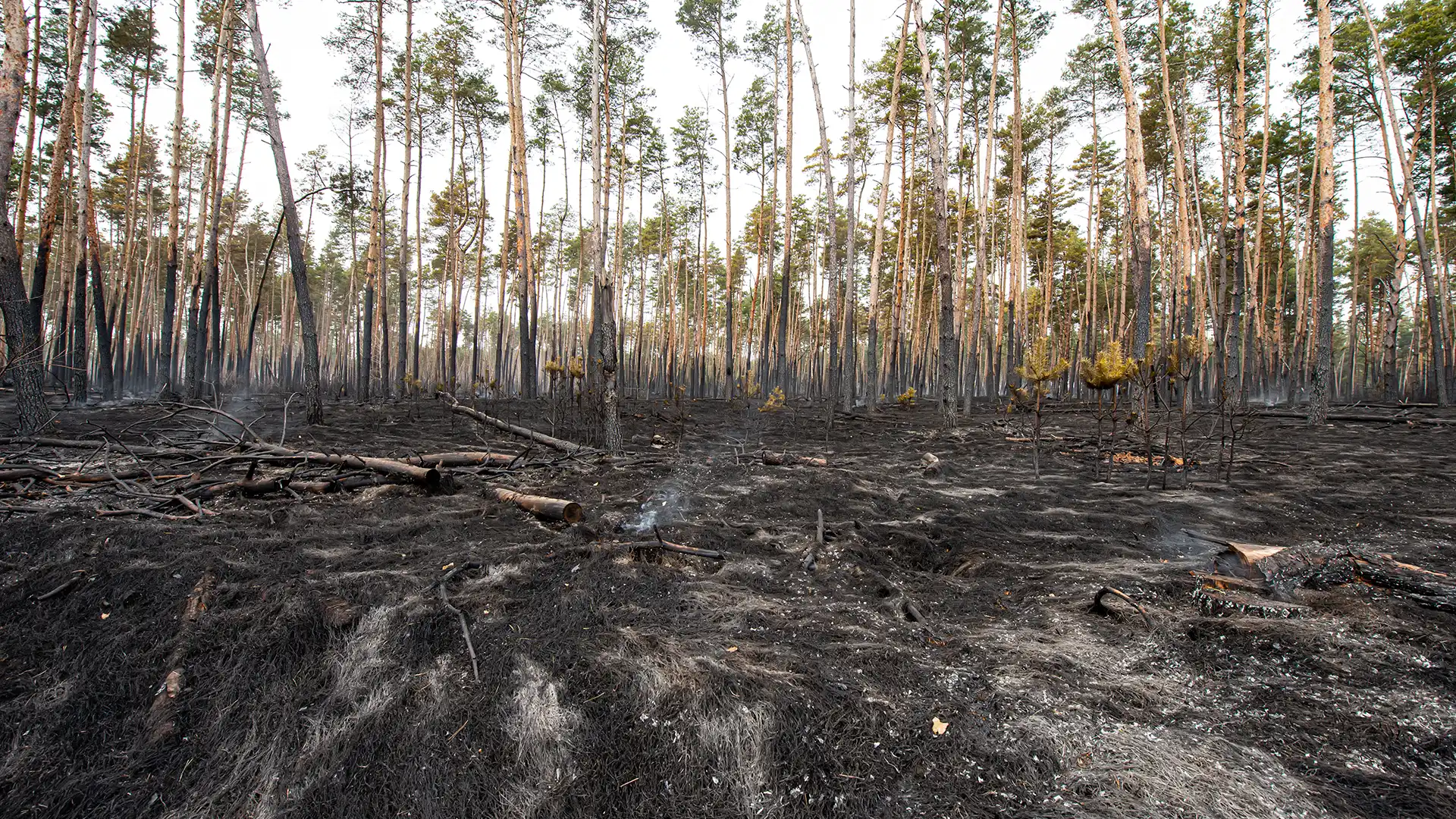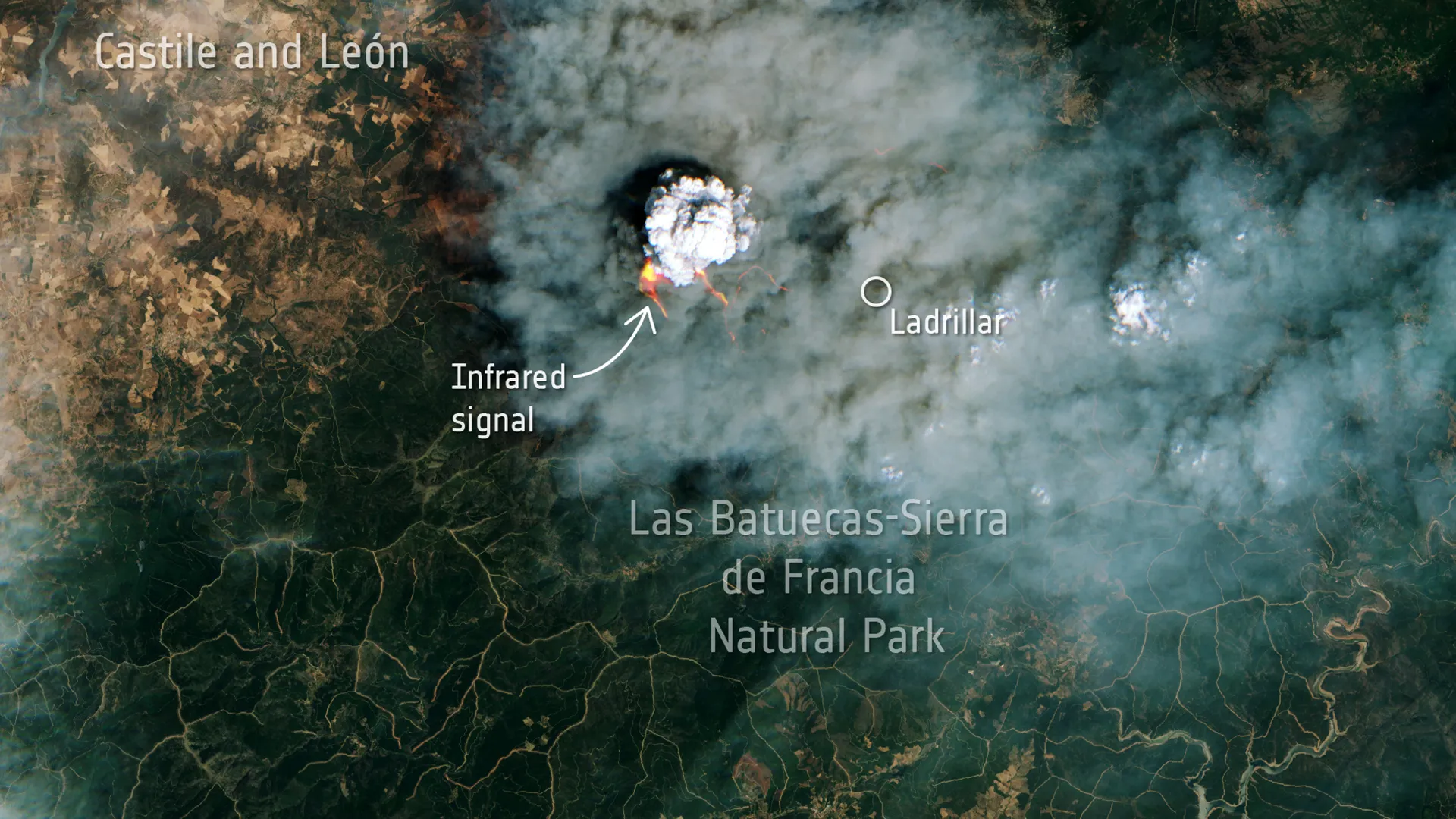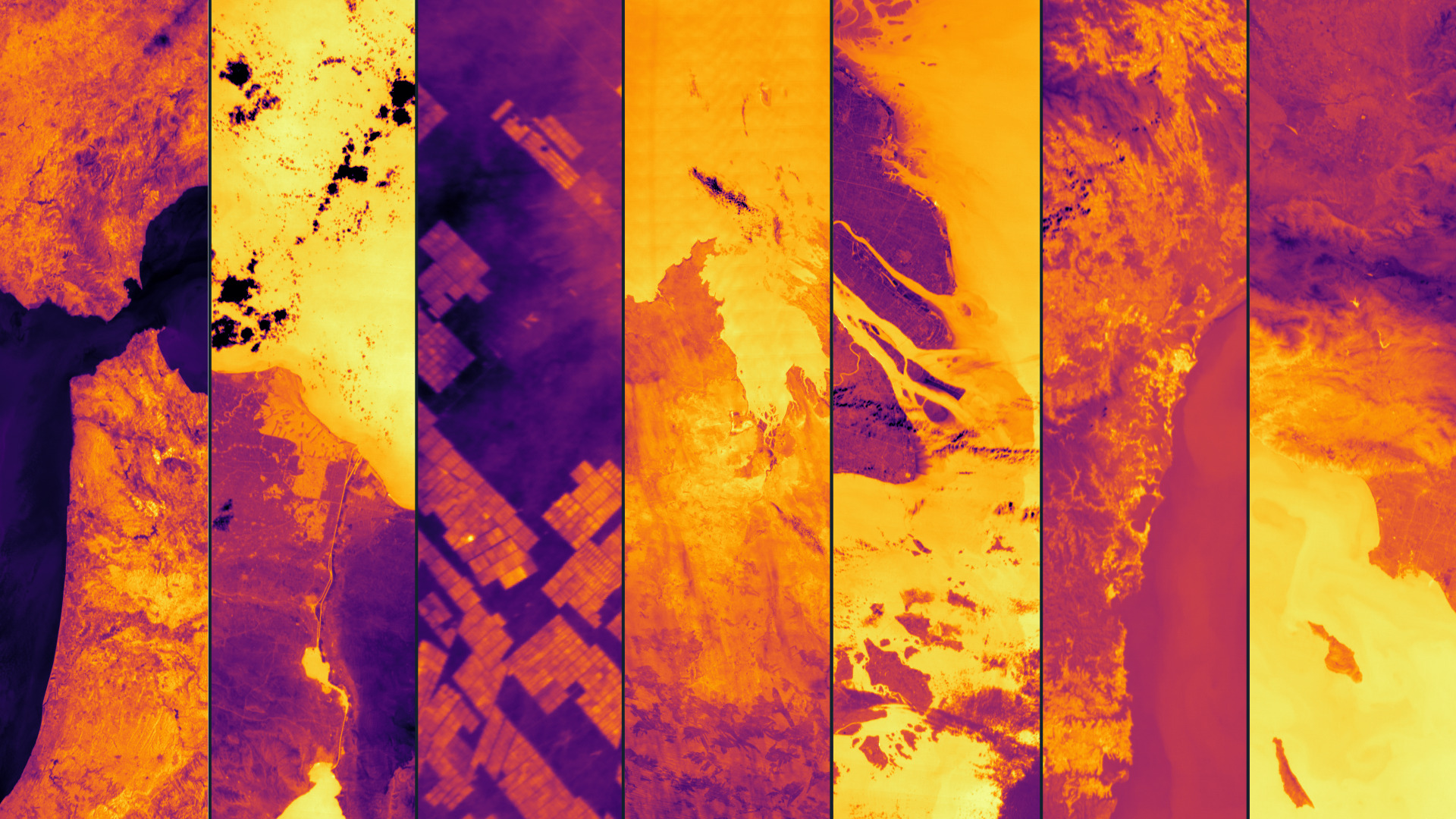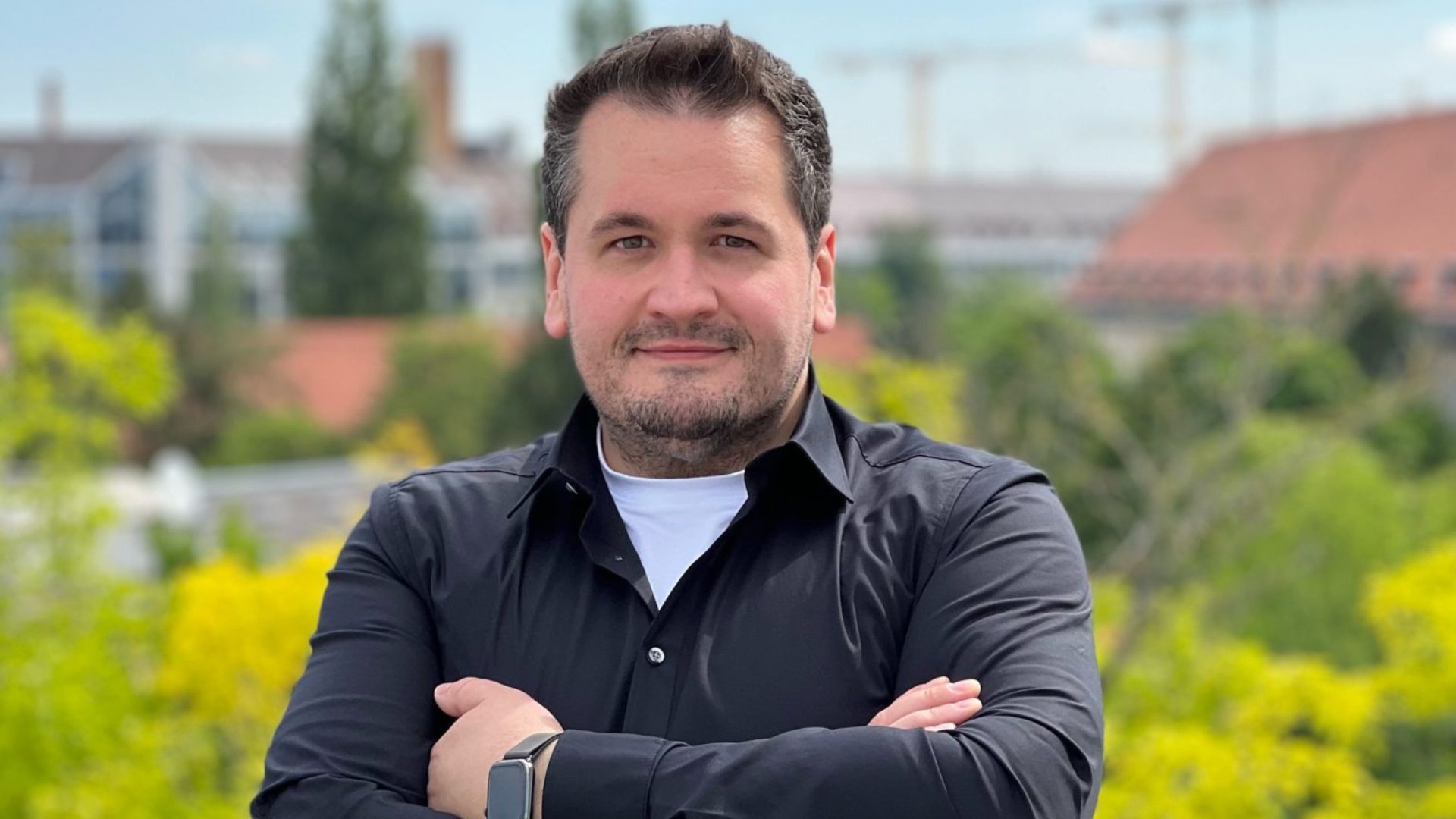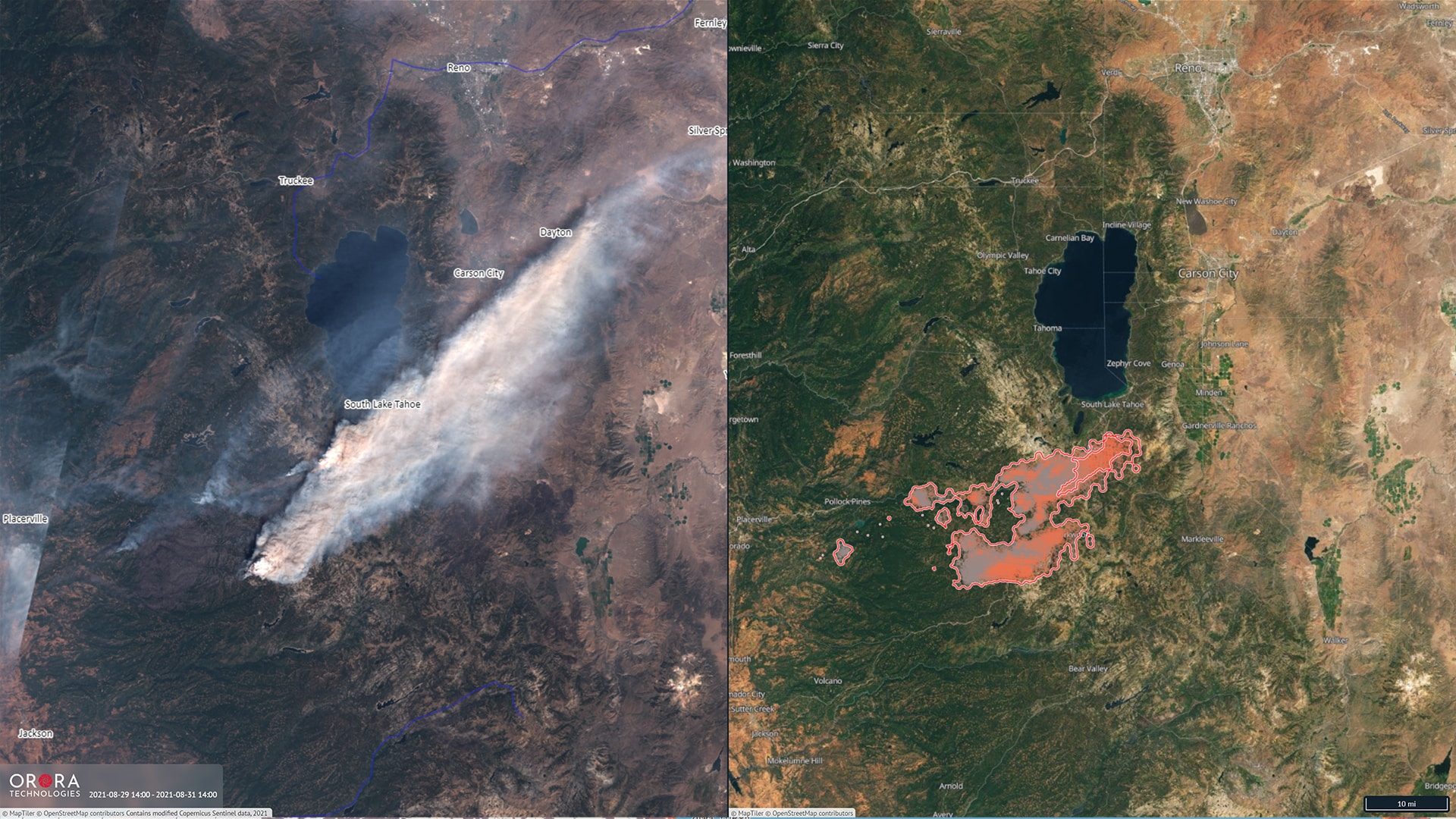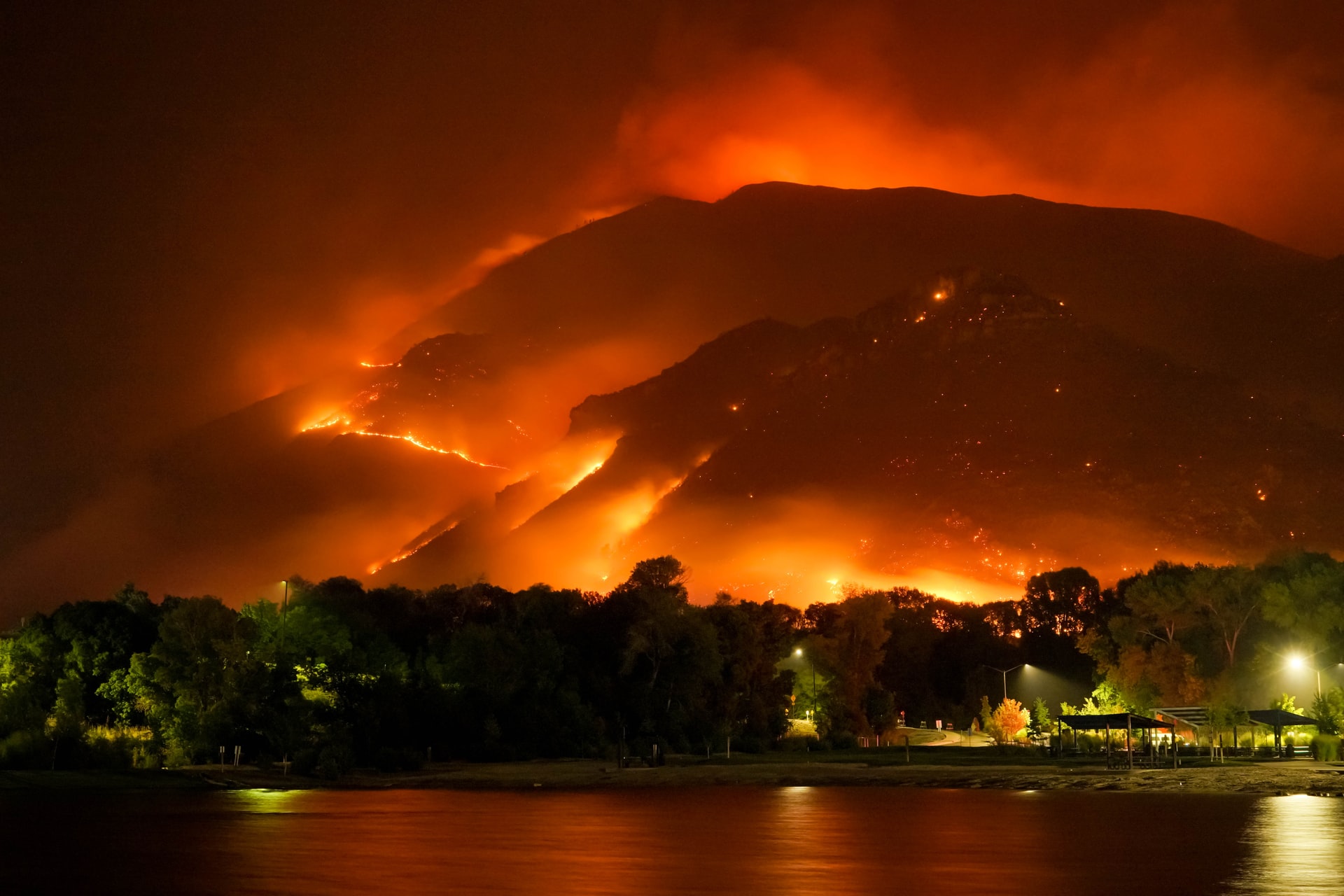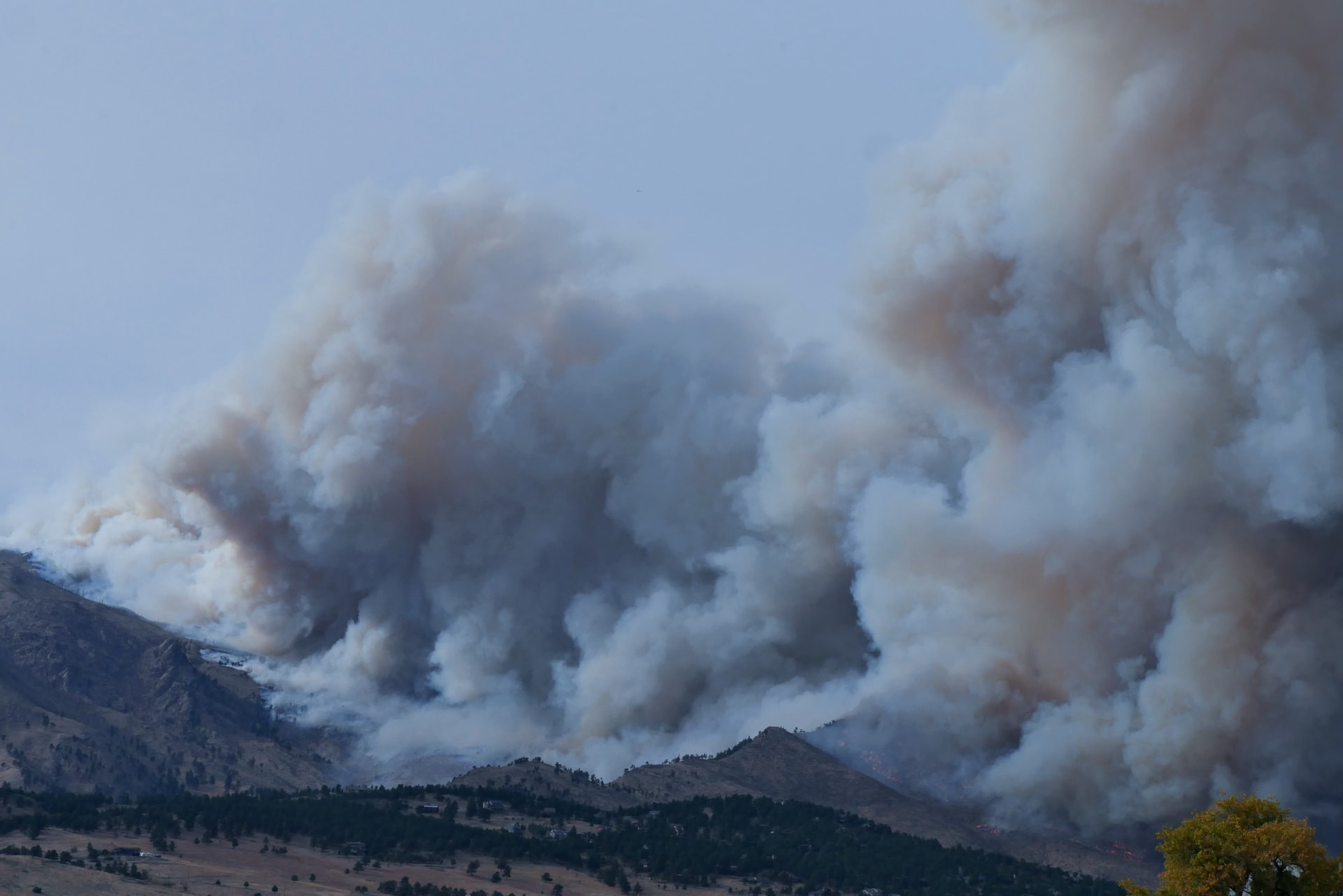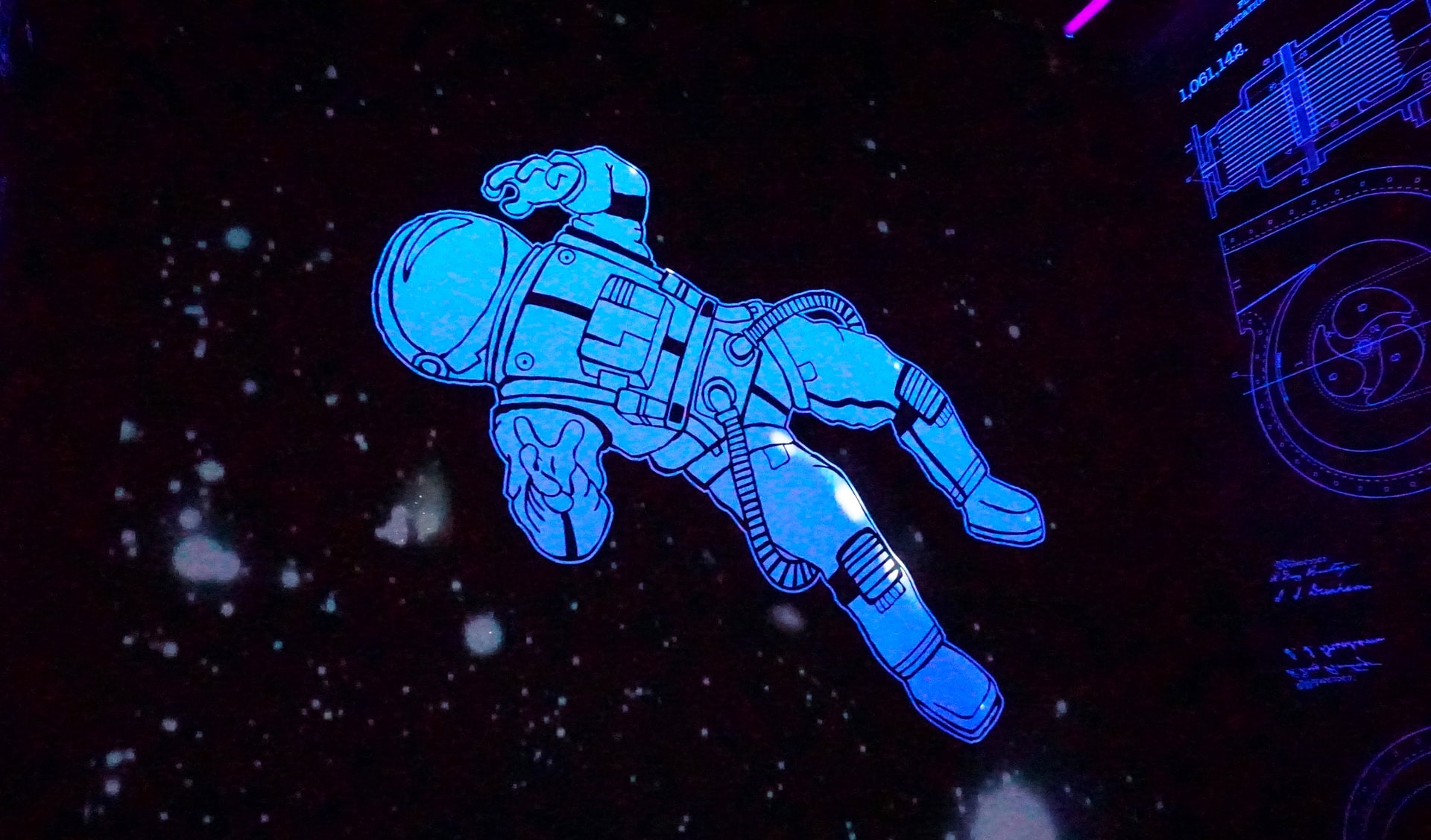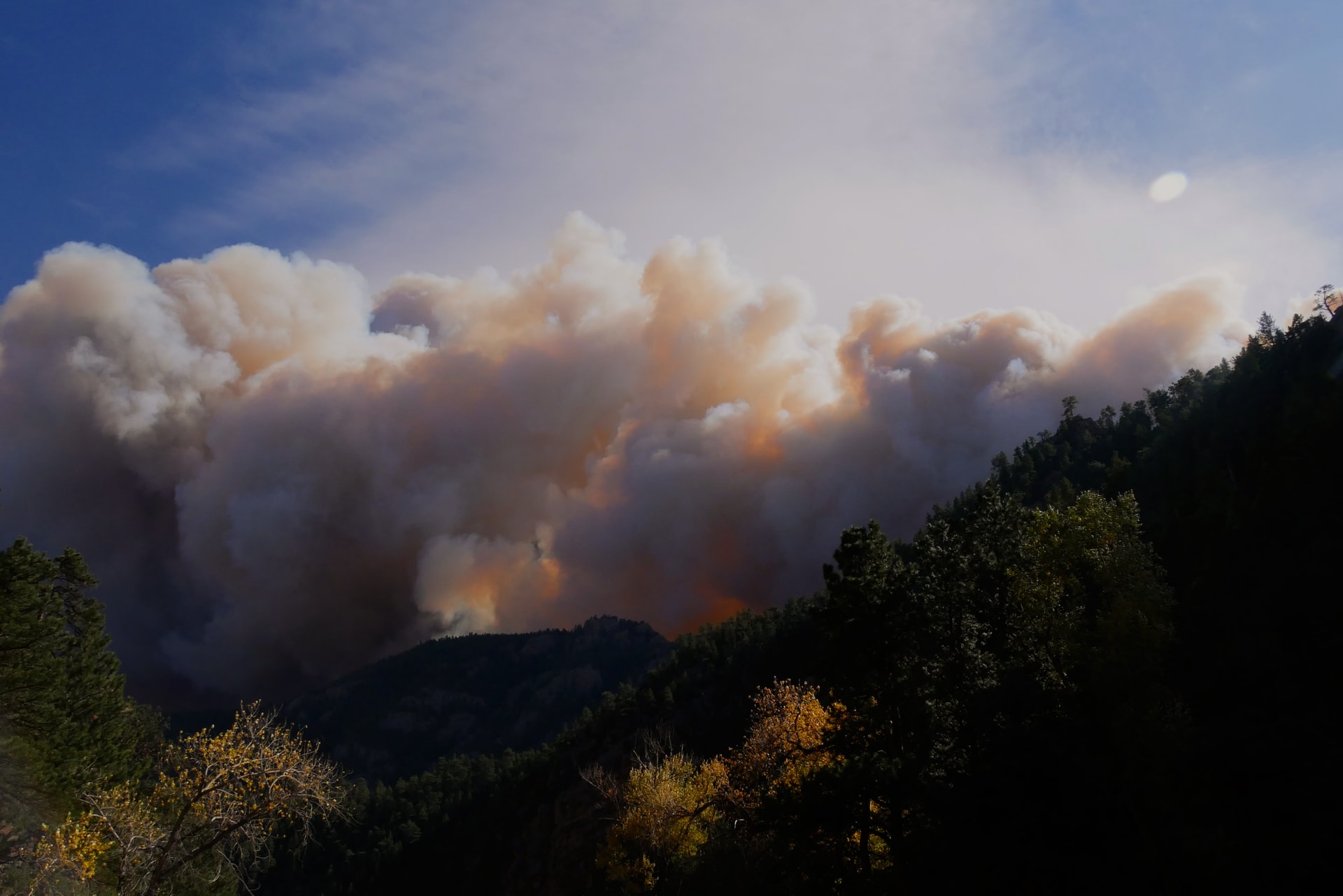
OroraTech accelerates development of its FOREST satellite constellation
Published on Thu, 29.09.2022 – 17:02 CEST in Downstream, covering OroraTechOroraTech aims to digitize all firefighting and significantly improve early detection of forest and brush fires
Since January, the FOREST-1 demonstrator has been in space and has proven the functionality of the technology
With the successful audit within the InCubed program, another important milestone was reached in the establishment of the company's own constellation
By 2024, overflights should be possible every 12 hours, and in 2026 even every 30 minutes
Wildfires are a major driver of global warming. This is because they not only cause billions of euros in damage, but also release enormous amounts of CO2. So the earlier they can be detected and fought, the better. This is what OroraTech's FOREST satellite constellation is supposed to make possible. Now the Munich-based startup has been able to complete an important test as part of the European Space Agency's (ESA) InCubed program. As a result, the CubeSat FOREST-3 could fly into space faster than expected. Overflights every 30 minutes are then planned by 2026.
OroraTech's first FOREST-1 thermal infrared satellite was launched back in January 2022. The demonstrator was one of the numerous payloads of the SpaceX Transporter 3 mission. The orbit of the roughly shoebox-sized satellite (6U Cubesat) is at an altitude of 525 km (± 25 km). From there, it should prove that fires can be reliably detected even from this distance. In June 2022, the team around Björn Stoffers (CCO), Rupert Amann (Head of Satellite Development), Florian Mauracher (Head of Product Development) and Thomas Grübler (CEO) announced that the mission was successful.
Thermometer of the planet Earth - the FOREST satellites
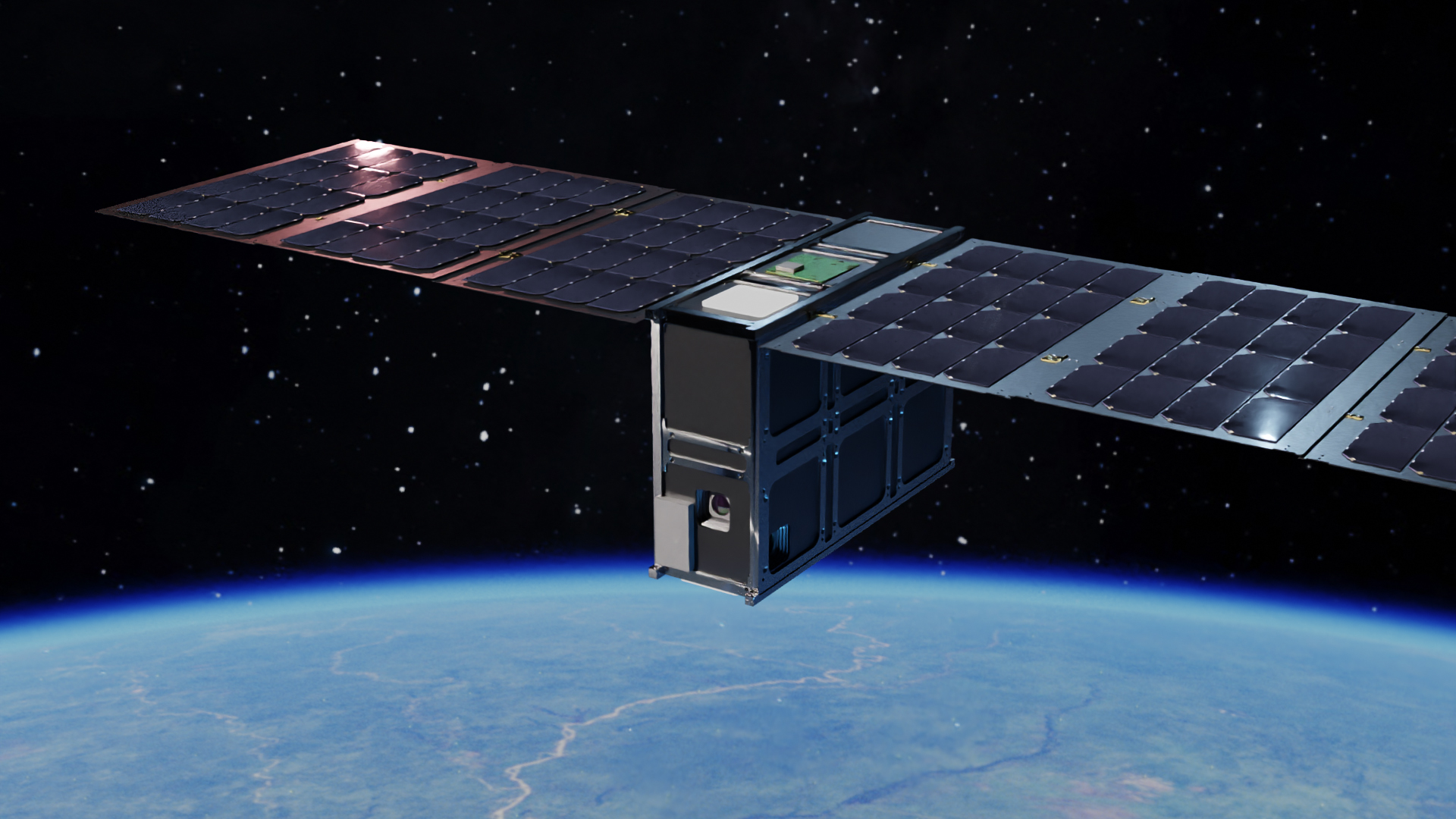
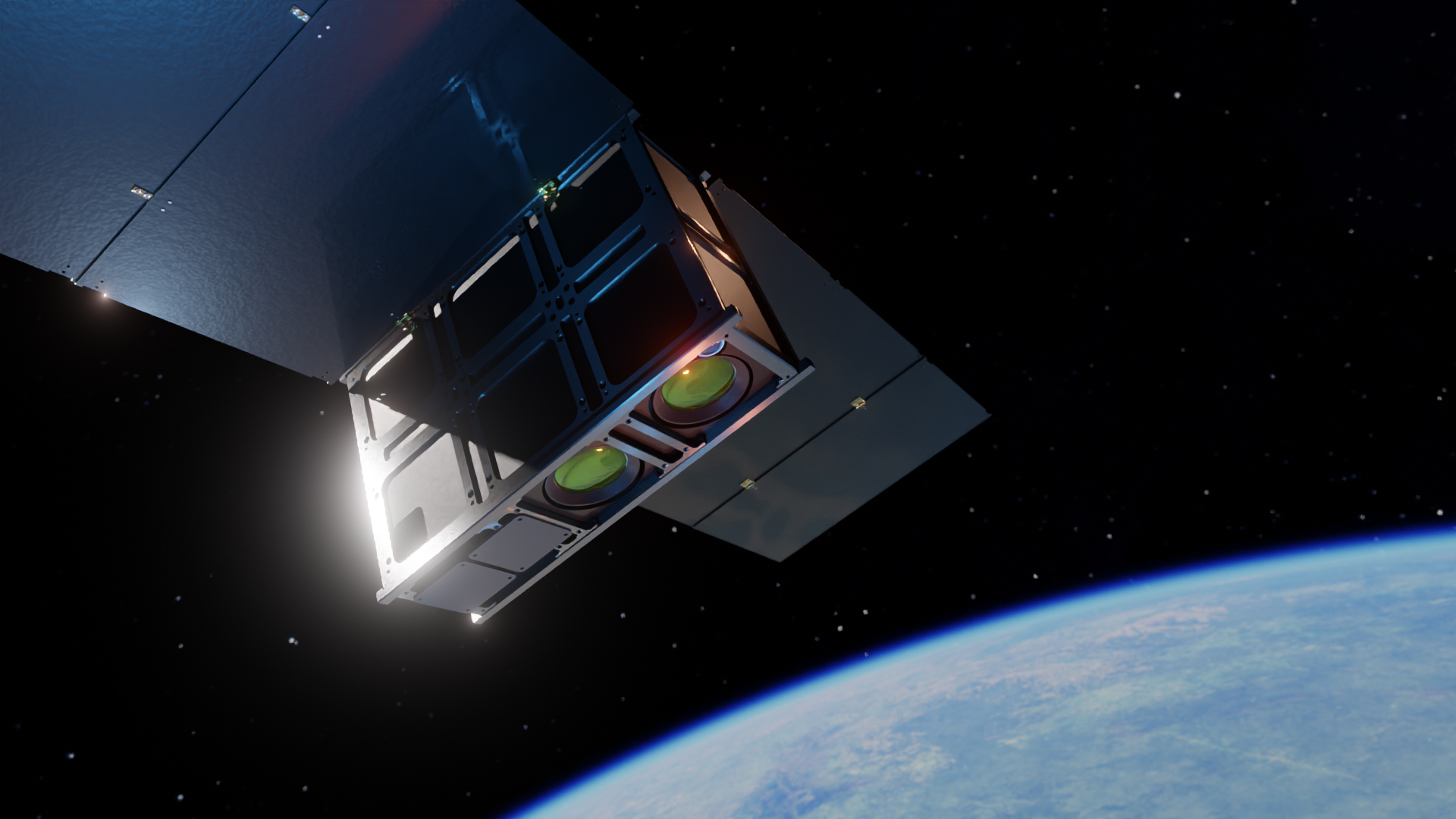
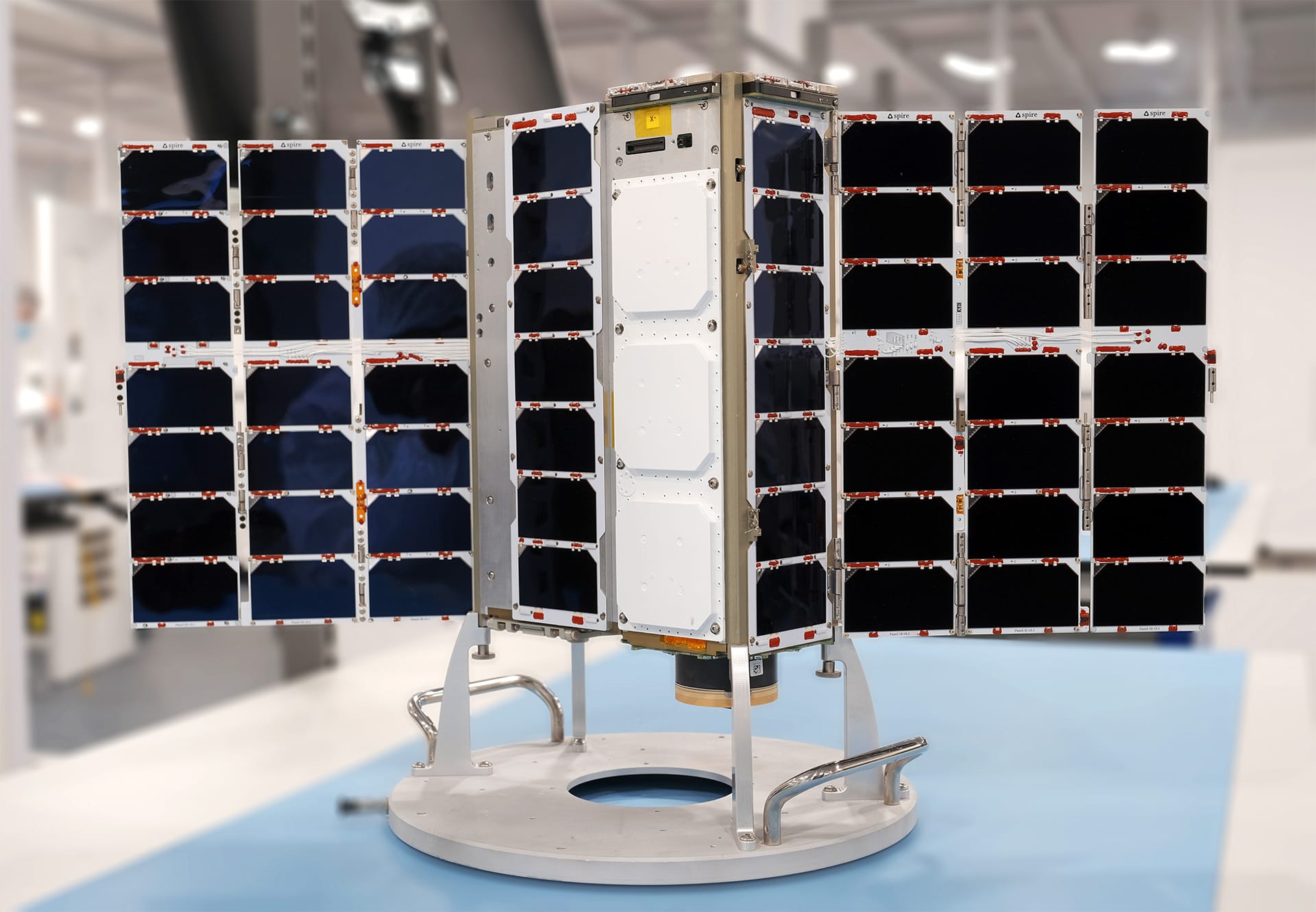
FOREST-1 is the first satellite of its kind to combine a thermal imaging camera, a mid-infrared camera and a visible range camera in one compact design. It also features a graphics processing unit (GPU) that allows data to be processed directly in space and sent to Earth in real time thanks to an inter-satellite modem. Another highlight: Cooling is not necessary due to the design.
FOREST-3 will then operate with even more sophisticated technology. Three thermal infrared (TIR) channels are monitored, and there is also an optical imaging element. The GPU will make it possible to merge images directly in orbit. Moreover, this technological approach is not only suitable for early detection of forest and bush fires, but can also be used in agriculture and urban heat supply.
Our current goal is to digitize all firefighting to provide the most accurate data as a basis for decision-making for the response organizations.
Martin Langer, CTO OroraTech
Early detection instead of material battle
Insurers are also interested in OroraTech's technology and services. And for good reason: In 2022, devastating wildfires raged around the world. Hundreds of hectares of land also burned in Germany, especially in the eastern part of the country. One of the consequences is a heated debate about the management of national parks. For example, the question was and still is whether to abandon the concept of leaving dead wood in the forest wherever possible. On the other hand, fire departments are to be better equipped. In eastern Germany, they are now thinking aloud about acquiring their own firefighting aircraft. The basis for effective firefighting operations, however, is valid data. Earth observation (EO) offers a particular advantage here, as large and inaccessible areas can be monitored.

In this respect, the successful test under the InCubed program comes not a second too soon. "ESA InCubed Programme lays the foundations for the further success of our satellites, which are essential to close current data gaps, and paves the way for scaling up in-house satellite production. The input from the ESA experts is crucial to achieving that," emphasizes Martin Langer. He said he was very pleased with OroraTech's ability to meet the tight deadlines. For example, the first phase of the ESA InCubed program was completed with the PDR ("preliminary design review") in less than eight months. This means that construction of the constellation could begin within two years of launch. In 2024, overflights at 12-hour intervals should then be possible, and in 2026 the time span should even drop to 30 minutes.
Context of InCubed (investment in industrial innovation) and Φ-lab
InCubed stands for Investing in Industrial Innovation and is a public-private partnership co-funding program led by ESA's Φ-lab. It focuses on developing innovative and commercially viable products and services that exploit the value of Earth observation imagery and datasets. The program is very broad and can be used to co-fund satellite construction, ground applications, and everything in between, or to develop new EO business models.
The mission of ESA's Φ-lab is to accelerate the future of Earth Observation (EO) through transformative innovation. This refers to innovations that completely transform or create entire industries through new technologies. The goal is to strengthen the world-leading competitiveness of European EO industry and research.


